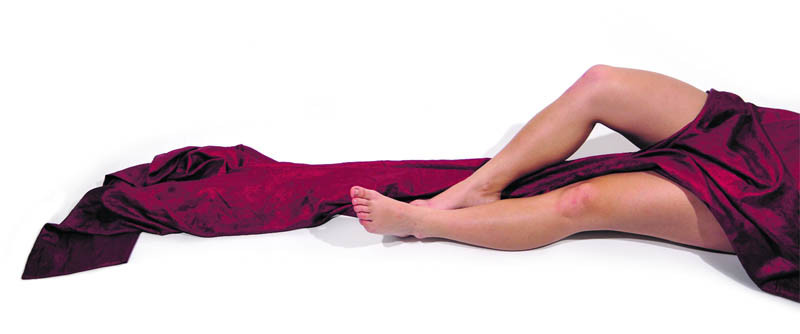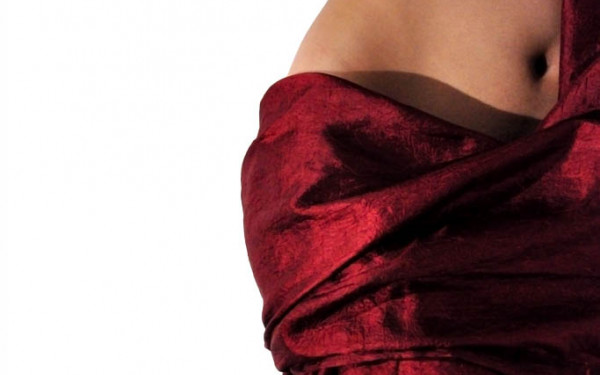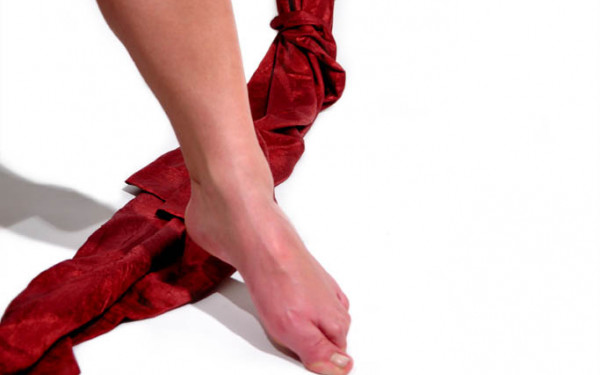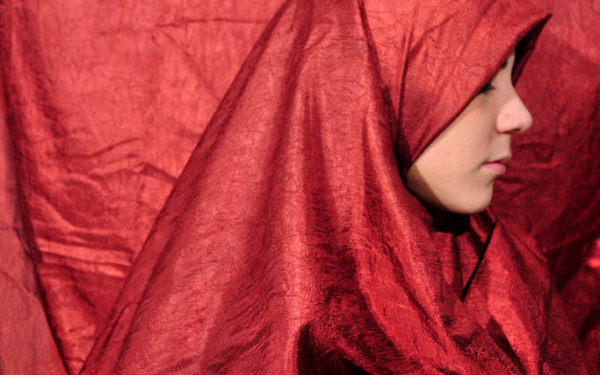Women’s Pages,Women’s Places
The Link ’s Annual Women’s Issue
What comes to mind when you think about “women,” “women’s issues” and feminine space?
These were the questions at the heart of this year’s Women’s Issue, a place where The Link devotes particular attention to acknowledging, exploring and creating dialogue about the continued challenges—and celebrations—of women in the world today.
Sitting down to brainstorm for this edition, we asked ourselves what role feminism continues to play in our lived experiences, politics, philosophy and culture. We asked ourselves what spaces women engage with or are denied from, how the feminine is represented and presented, and how the gender spectrum—with the inclusion of trans, drag, male, intersex and queer identities—challenges the very essence of woman and female consciousness.
In this dialogue, we found that these questions beget other questions, the concepts overlapped and interplayed, the deconstruction allowed for reconsideration, and the exchange continues.
What are women’s issues? And why should they matter?
Today, March 8, is International Women’s Day, a time committed to this discourse, and to taking a closer look at the spaces around us and the women within them.
It’s a time to reflect on how the contours of femininity and feminism engage our understanding of the world and of ourselves. It’s about moving beyond essentialism, understanding engendered realities and about creating community and conversation.
The Link continues to write and devote room for women specifically in our volume each year because women’s spaces are important for everyone as we move towards a greater understanding about social justice issues and systems of power.
In her seminal 1975 work “Sorties,” French feminist Hélène Cixous discusses the power and poignancy of Écriture feminine—translated literally into “women’s writing”—arguing that it offers a vessel to coexistence, and to the development of new attitudes and relationships between self and other.
“Today, writing is woman’s,” she writes. “Writing is the passageway, the entrance, the exit, the dwelling place of the other in me—the other that I am and am not, that I don’t know how to be, but that I feel passing, that makes me live—that tears me apart, disturbs me, changes me, who? A feminine one, a masculine one, some? Several, some unknown, which is needed, what gives me the desire to know and from which all life soars. This peopling gives neither rest nor security, always disturbs the relationship to ‘reality.’ […] Writing is working; being worked; questioning between letting oneself be questioned.”
The visibility, commemoration, understanding and analysis of women in these pages, in this university, in this city
and in this world today—and everyday—is significant as we continue to relate and respond to the spaces we occupy together.
Happy Women’s Day,
This article originally appeared in Volume 31, Issue 25, published March 8, 2011.


_600_832_s.png)




